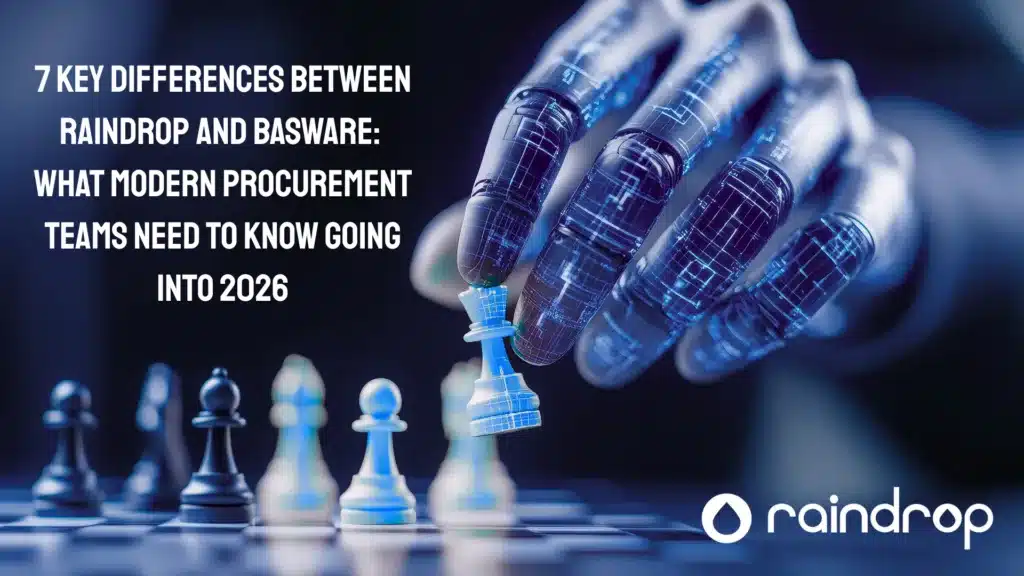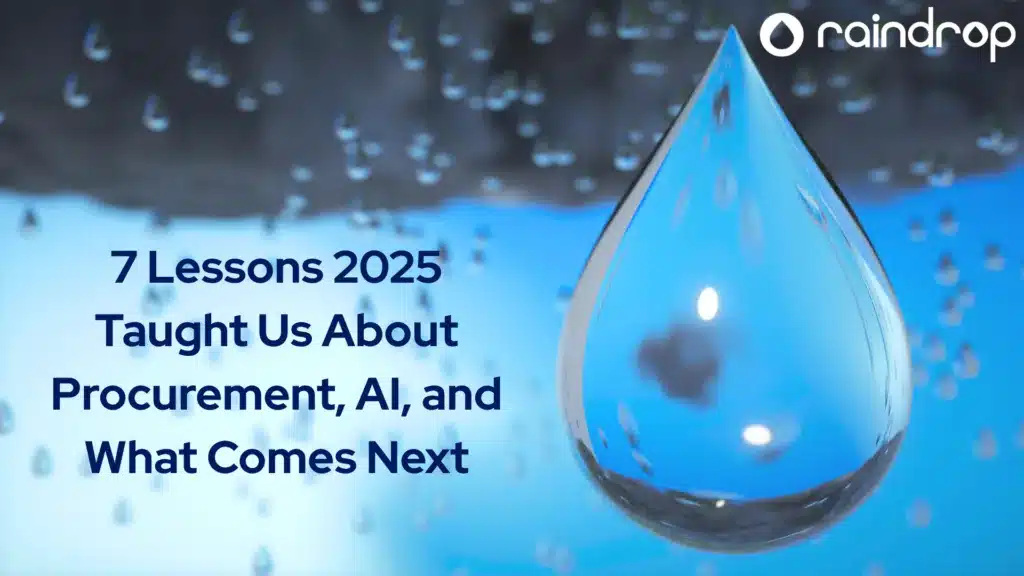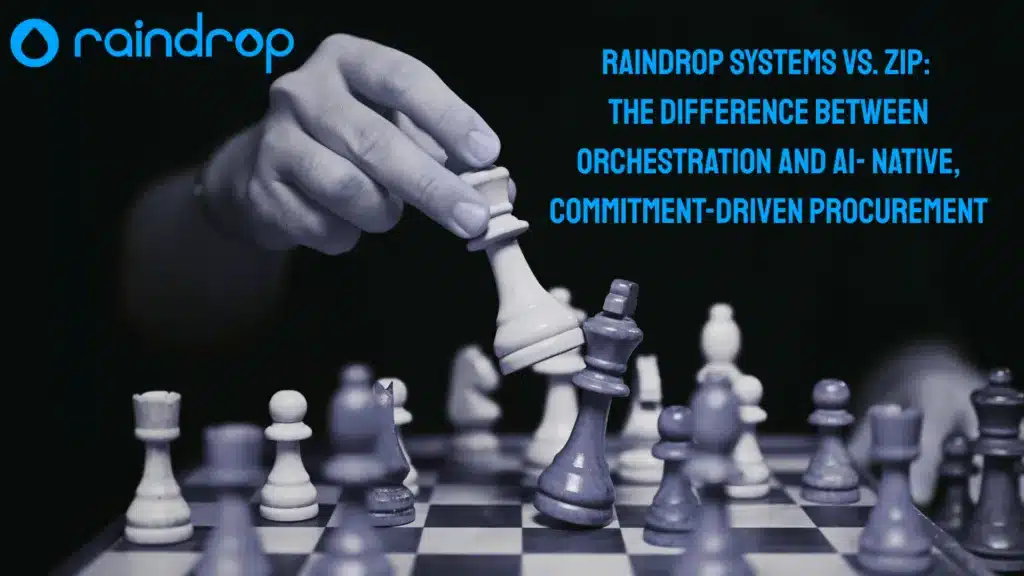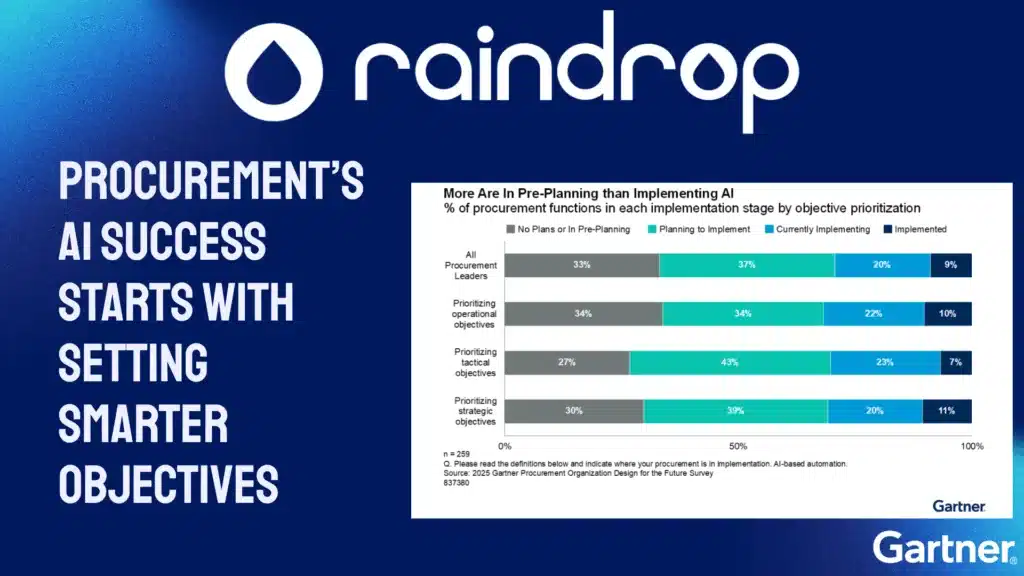The Missing Link: Why Integrations Are the Backbone of Modern Spend Management
Ever chased the same invoice across three different systems, only to realize nobody knows if the supplier is still active, or if you’re about to pay it twice? If so, you already know: disconnected procurement, finance, and AP tools don’t just slow teams down—they create real business risk.
You’re not alone in this fight. Spend Matters research shows more companies than ever grappling with too many vendors and systems that can’t talk to each other. The ability to connect these tools has become the difference between efficient spend management and endless data cleanup.
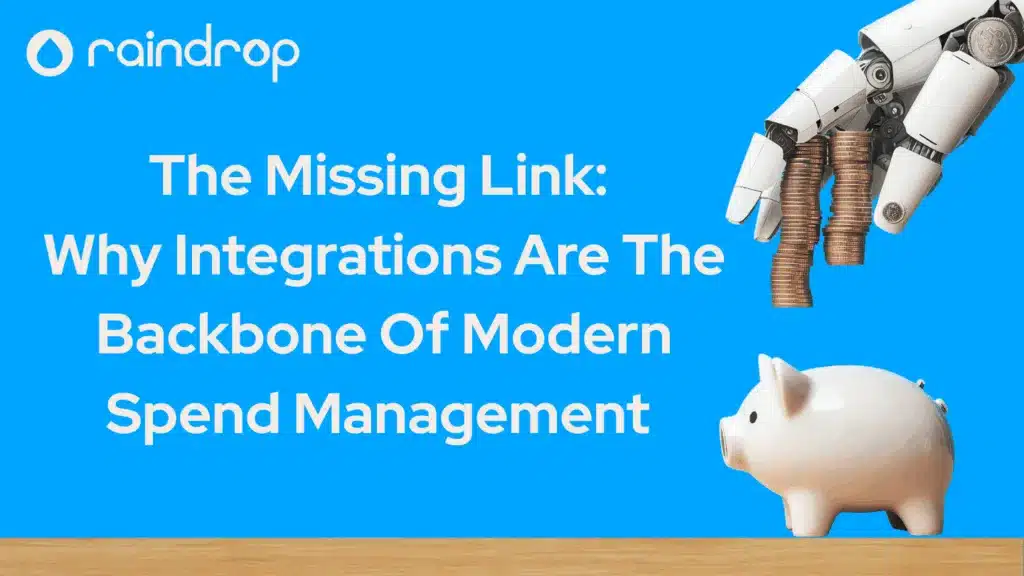

When every system works in isolation, teams end up copying data by hand, relying on outdated records, or patching things up with email chains and spreadsheets. That’s not just inefficient—it’s risky. Duplicate payments, compliance gaps, and missed opportunities slip through the cracks, all because your data never lines up.
Everyone says they want “one source of truth,” but that only matters if the right people can use it. Connecting your supplier, invoice, and payment data is how you get there. When integrations are working, nothing falls through the cracks, and every team can focus on actual decisions, not detective work.
Let’s look at what happens when your systems can’t talk to each other and what you gain by fixing it.
The True Cost of Disconnected Systems
Disconnected systems create more than inconvenience—they open the door to compliance headaches, payment errors, wasted time, and even fraud. When supplier records live in separate databases, nobody’s entirely sure what’s current. Someone changes bank account information in one system but not another, and suddenly you’re chasing down missing payments or fixing duplicate vendors or even making fraudulent payments until the vendor calls asking for their money.
Without a single view, finance, procurement, and legal teams work from different facts. This slows everything from onboarding a new supplier to closing the books at the end of the month. Projects miss deadlines, audits turn up issues, and small errors snowball into bigger ones.
All the while, valuable insights stay locked inside those silos. AI and reporting tools can’t help much when the data is scattered across disconnected platforms. Teams end up building workarounds, most of them powered by spreadsheets, side emails, and guesswork. The cycle repeats every day until the systems start working together.
When procurement software and finance platforms run in silos, costs go far beyond inefficiency:
Duplicate payments and fraud risks from mismatched supplier records.
Compliance gaps when updates don’t sync across ERP and AP systems.
Missed insights when AI and analytics tools can’t access unified spend data.
So what makes integrations work?
Before you connect your systems, know what you need. Smart Procurement teams look at three key factors:
- Ready-to-use connections with your core systems (ERP, finance tools, contract platforms)
- Open APIs that let you build custom data flows between tools
- Connection tools that bridge gaps between systems
The right mix depends on your tech stack, but skipping this check leads to painful surprises later. Teams that nail these requirements spend less time moving data and more time using it.
What Makes Integrations Work in Spend Management
Smart procurement teams look for three essentials before connecting systems:
Pre-built ERP and AP automation connectors (SAP, Workday, Dynamics 365, JDE).
Open APIs for flexible data flows across procurement software.
Middleware tools that bridge legacy and modern platforms.
Without these, even the best spend management software ends up relying on spreadsheets and manual re-entry.
What Changes When Systems (Finally) Connect
Patchwork fixes only get you so far. Raindrop connects your procurement and finance stack and keeps your data straight—no new gaps and no extra manual steps. Here’s how working with Raindrop compares:
| Old Way | With Raindrop Integrations |
| Supplier info updated in one system, but not reflected elsewhere. | Supplier record updates in Raindrop and syncs instantly everywhere (SAP, JDE, D365, Workday, etc.). |
| Manual data re-entry for every invoice. | Invoice approved in Raindrop—auto-flows to finance. |
| Unclear payment status | Payment status updates flow back to Raindrop, and all teams see it. |
| Security managed system by system. | Role-based access, audit trails, and encryption handled centrally. |
| Siloed data—AI and analytics don’t deliver. | Data stays in sync across tools, making analytics and AI actually useful. |
| Every integration project starts from zero. | APIs, flat files, webhooks, and middleware come out of the box—scale as you go. |
What stands out when integration works:
- Everyone enters data once—and that’s it.
- Approvals and payment status are easy to find, no matter the team.
- You pick where to start and add new integrations at your pace.
- Security and audit trails are there by default, not tacked on.
- Reporting and AI finally run on clean, up-to-date numbers.
Integration with Raindrop means your tech works together, not against you. Less grunt work. Fewer errors. Teams see what matters, right when it counts.
Raindrop Integrations in Action—Three Real Customer Wins
Here’s what integrated procurement looks like in practice: three real stories, three different integration challenges solved.
1. Supplier Onboarding at Buckman Chemical (Raindrop + SAP)
Before: Buckman’s supplier onboarding meant collecting data in email attachments, chasing approvals, and importing records into SAP by hand. Compliance checks were manual, and nobody knew which version of’s details was correct.
After plugging Raindrop into SAP, Buckman set up a single digital flow. Suppliers now complete a questionnaire in Raindrop. Approvals, compliance documentation, and tagging all happen in one place. Once approved, the clean, validated supplier record is pushed straight to SAP—company codes, compliance fields, and all. SAP sends back supplier IDs and mapping, so everything stays in sync. The difference: Buckman controls supplier risk, reduces rework, and launches new supplier relationships in hours instead of days.
2. AP Automation for Cordis (Raindrop + JDE)
Before: Cordis had invoices scattered across inboxes and shared drives. Data had to be keyed into JDE for payment, which meant lost time, errors, and visibility gaps for AP and procurement.
Raindrop became the hub for supplier onboarding, invoice creation, and approvals. Approved invoices flow directly to JDE for payment. As soon as payment is complete, JDE sends the status back to Raindrop. Both systems stay aligned, and teams always know where things stand. COrdis cut duplicate entries and reduced cycle time . . . no need to change JDE or launch a full ERP overhaul.
3. Supplier Master Data Sync with Microsoft Dynamics 365
Before: The AP team at Midwest Vision Partners managed supplier data in D365, but every new onboarding or change request created another mismatch with intake forms and invoice records. Getting everyone to use the same supplier record felt impossible.
With Raindrop, the Vendor Master in D365 feeds straight into the onboarding workflow. When an invoice is created and approved, Raindrop pushes it to D365 for payment. The result? Supplier IDs, names, and key data match everywhere. Decentralized teams onboard and pay suppliers without manual shortcuts or duplicating work. Over time, this integration sets the stage for full procure-to-pay automation, without losing momentum on day one value.
Integrations like these let teams spend less time reconciling systems and more time delivering results. Which process is your team still patching together by hand?
Getting Time Back (and Trusting What You See)
When integrations are in place, Procurement and Finance finally work from the same information. Nobody wastes hours checking numbers or tracking down lost records. New suppliers move from onboarding to payment without bottlenecks or double handling. Approvals are clear and connected (no more chasing statuses in messy email threads).
Decisions get faster and carry more weight because leaders see numbers that match everywhere. Dashboards reflect what’s actually in your systems, not a best guess. Finance tracks spend in real time. If a supplier’s risk changes, you catch it and act, not react.
Instead of patching over data problems and chasing missing details, your team moves on to new projects and solves bigger questions. Integration fixes today’s work and frees up time and trust for what’s next.
Why Integration is the Future of Procurement Software
Procurement and finance leaders face pressure to do more with less. Compliance expectations, audits, and supplier complexity aren’t slowing down.
With Raindrop’s spend management integrations, teams:
Trust supplier and invoice data.
Automate AP processes.
Gain real-time spend visibility.
Unlock AI-driven savings and risk insights.
See How Integration Fits Your Tech Stack
Right now, the pressure on procurement teams to do more with less has never been higher. Compliance expectations, audit requirements, and complex supplier ecosystems aren’t slowing down. Integration is how companies keep pace without burning out teams or missing out on data that drives savings and lowers risk.
If you’re still spending cycles patching together reports, hunting for the latest supplier status, or fixing something that should just work, it’s time to see what connected procurement looks like.
See how integration works in your real processes: Explore Raindrop’s integrations or connect with our team to talk through your tech stack and find the fastest path to results.
What would your team do if you could trust the data, automate the old manual steps, and spend your time moving things forward instead of just keeping up?

